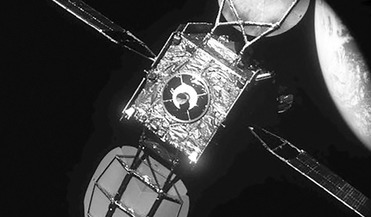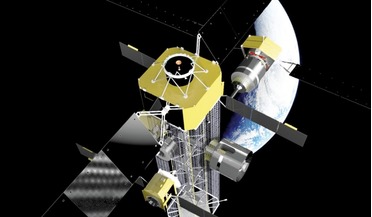 April 2021
Satellite servicing comes of age
April 2021
Satellite servicing comes of age
... it again - this time through the eyes of another satellite that I had helped to build and put into geostationary orbit (GEO). As I wrote previously in ROOM, we at SpaceLogistics have been working on MEV-1 for more than 10 years, during which...
 May 2019
Wake-up call for debris creation in geostationary orbit
May 2019
Wake-up call for debris creation in geostationary orbit
...were caught on video by a US company called ExoAnalytic Solutions Inc. It proved a watershed year for geostationary orbit (GEO), the orbit that hosts the majority of our commercial communications satellites. Mark Hempsell explains why he believes the...
 September 2019
Extending the life of geostationary orbit satellites
September 2019
Extending the life of geostationary orbit satellites
... 95 percent of the US$100 billion generated each year in commercial satellite revenues comes from satellites in geostationary orbit (GEO) and a single satellite can generate tens to hundreds of millions of dollars in annual revenue. However, every...
 July 2019
Aggression in outer space – time for action
July 2019
Aggression in outer space – time for action
.... In the same category are the manoeuvres made by Chinese satellites in both low Earth orbit (LEO) and, more recently, in geostationary orbit (GEO), which point to testing of rendezvous operations or inspection objectives. In the United States, the...
 April 2025
Spacecraft anomalies and insurance losses
April 2025
Spacecraft anomalies and insurance losses
... is still common for certain classes of spacecraft, for example communications satellites in geostationary orbit (GEO) or commercial Earth observation satellites in sun-synchronous orbit (SSO). However, it is less common where there is a lot...
 September 2020
Tackling space debris - a global priority
September 2020
Tackling space debris - a global priority
...000 trackable objects - larger than 5-10 cm in low Earth orbit (LEO) and 30 cm to 1 m in geostationary orbit (GEO) - and several thousands to millions of non-trackable debris particles in orbit around the Earth. Spacefaring nations continue to launch...